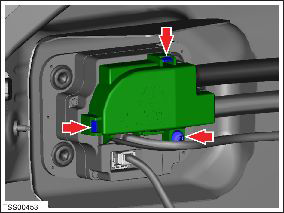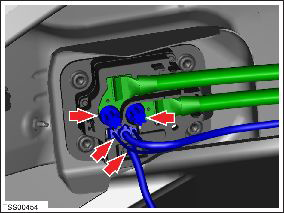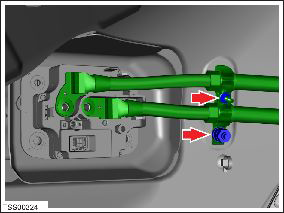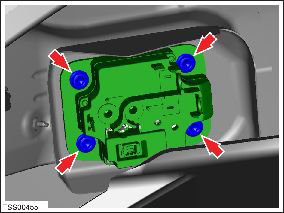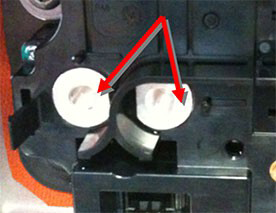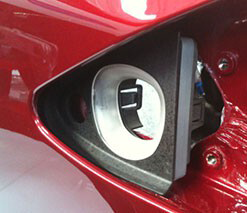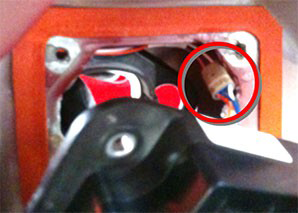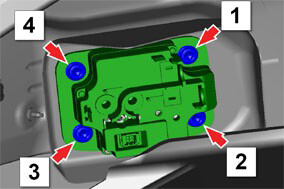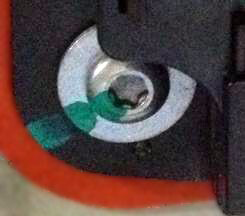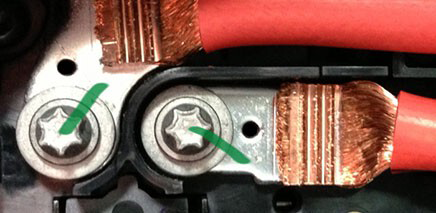FRT No: 44012202
Note: This procedure describes how to remove and install the single phase charge port. If
the vehicle is equipped with a 3 phase charge port, refer to procedure 44012102
(refer to procedure).
Warning: The high voltage harness must be removed from the charge port before
the charge port is removed from the vehicle. Never remove the charge port from the
vehicle without first disconnecting the high voltage harness. Failure to follow this
requirement may result in serious injury or death due to exposure to high voltage. Only
Service Technicians that have received and completed high voltage training are
authorized to perform this service.
Special tool required for this procedure:
